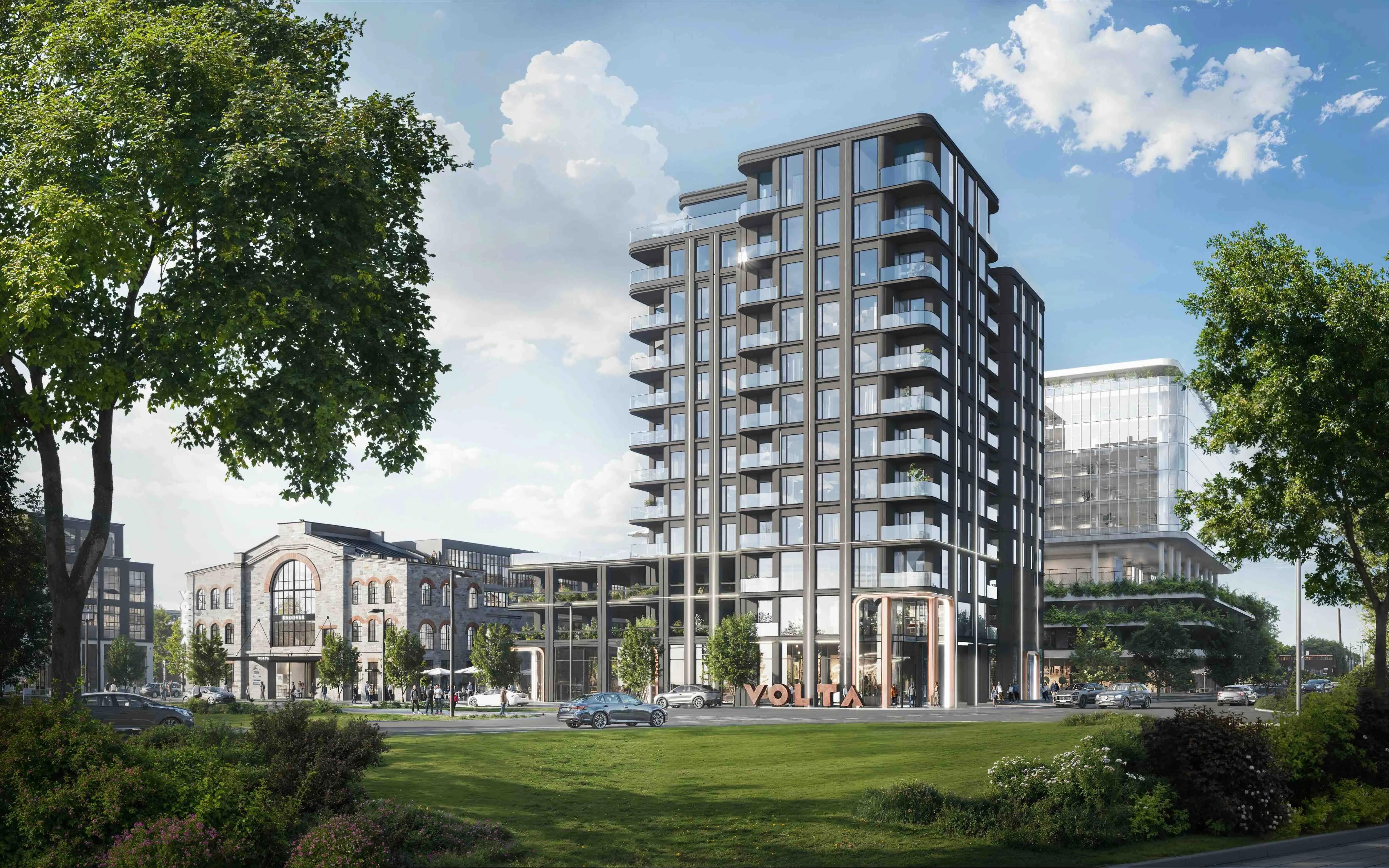When Buying Real Estate, Don't Look Only at the Purchase Price, But at the Total Cost of Ownership

In English-language literature and especially in information technology, the concept of "Total cost of ownership" or TCO is well known, and its equivalent could be "total cost of ownership". Total cost of ownership encompasses the purchase, use, renewal, and management costs of an asset. When choosing between alternatives, the buyer should consider that the variant with the lowest purchase price may not always be the most beneficial in the long term, but rather the asset with the lowest cost of ownership is actually the more sensible purchase. Post-purchase costs can differ by multiples.
At the beginning of this year, in the news feed, the fact that the consumer price index rose 3.4% in 2018 compared to the average of 2017 did not attract much attention. This price increase affects the real estate market most directly, as housing was the largest factor in the annual change of the index, accounting for a quarter of the total increase. The largest contributions to this came from electricity entering homes, which rose 10.9%, solid fuels, which rose 15.3%, and rents, which rose 7%. In sum, this growth is not drastic and does not put families into financial difficulties, as consistent wage growth helps maintain household budget stability. However, the increase in housing costs should definitely not be dismissed lightly, especially given that electricity or solid fuel price increases occur somewhat more subtly and do not receive as much public attention as real estate prices or euribor growth. The latter was written about extensively in 2018 and justifiably weighed on borrowers' consciences, yet analysts now say that although growth will likely come, it probably will not exceed 0.25% by the end of 2019, and rising interest rates will not create problems for housing loan borrowers in the near years.

What should a person planning a real estate purchase keep in mind with a low cost of ownership in mind? The list is long, but here are some recommendations:
- When buying real estate, the first major choice must be made between new developments and secondary market real estate. In regions with higher transaction activity, approximately 70% of transactions involve older real estate, primarily due to their lower price, while in certain segments and locations the price difference is not so significant that a new apartment should necessarily be ruled out immediately due to its higher price. With a 20-year loan schedule, the differences in monthly payments may not be significant.
- The energy efficiency level is already high for buildings being constructed today, and requirements in the coming years will raise it even further. Both state requirements and established practices and market demand speak the same language – high construction quality, lower energy bills, and better indoor climate are valued.
- When buying secondary market real estate, be sure to ask the owner or real estate agent for a history of utility bills. In one building, the heating price per m2 is €1.1, in another building it is €2.3, in a third building residents do cleaning work themselves, and in a fourth building you must pay twenty or so euros per month for cleaning services. Compared to these amounts, the 0.25% euribor price increase is no longer something that would make you panic.
- With secondary market real estate, buildings are divided into either those worn by time and slightly tired, or often very well renovated buildings with the help of Kredex. The average buyer with slightly more financial resources usually prefers a renovated building. But again, be sure to ask the owner or real estate agent for a history of utility bills. Monthly expenses are very significantly affected by the fact of how large a loan and for what period the homeowners' association took out for building renovation. If the building renovation has been recently completed, it may happen that you have to pay both the principal of the loan and loan interest for another 10 years – a cost category that, for example, does not exist in the case of new developments.
- The list of all manner of incidental costs is in itself already interesting reading and provides an adequate overview of the activities of each homeowners' association. Some homeowners' associations get by with fewer than 10 lines on their invoices, while another homeowners' association issues invoices with boldly twenty lines and different types of costs. And exactly as different is the annual cost of various services, funds, or heating per m2 between different associations.
Therefore, the real estate purchase price may seem higher or lower at some point in time, but a final assessment of the actual, i.e., total cost of ownership, of the respective property can only be given once all associated costs have been clarified in detail.
Article author: Domus Kinnisvara




